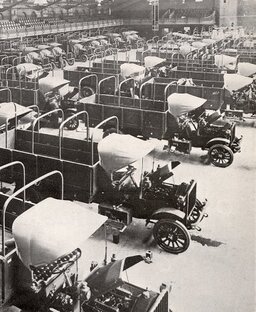The final installment of our three-part series explores how Western New York supported America’s entry into the First World War, as well as the celebration that took place once peace was declared.
Buffalo and the Great War, Part III: Home Fires Kept Burning: 1917-1918
The full content is available in the Spring 2017 Issue, or online with the purchase of:
If you have already purchased the product above, you can Sign In to access it.
Related Content










